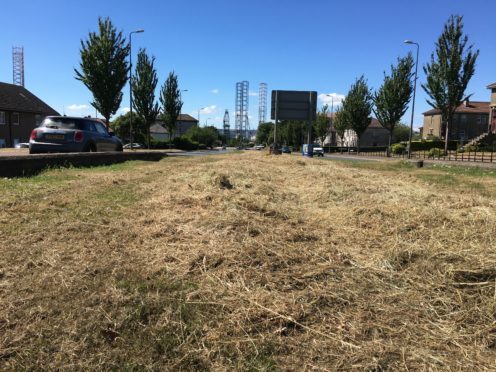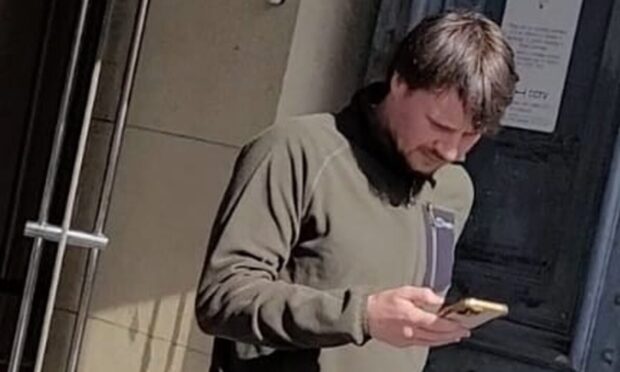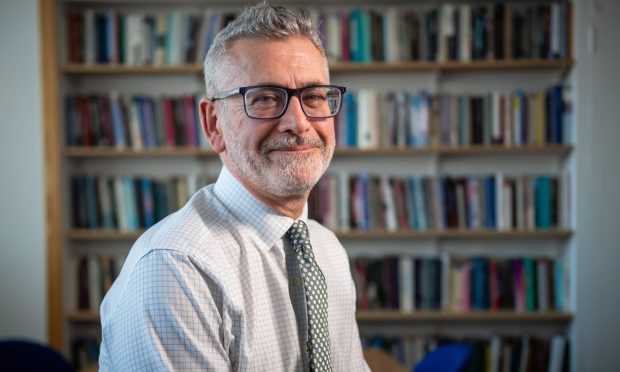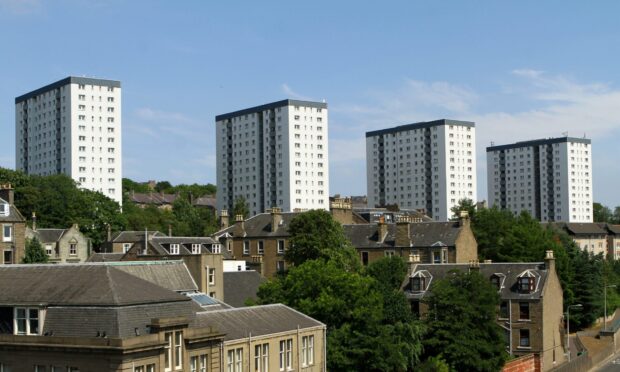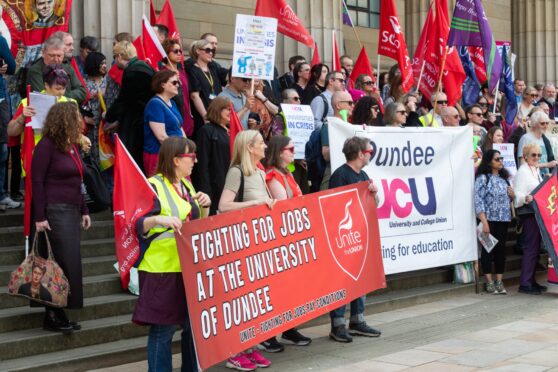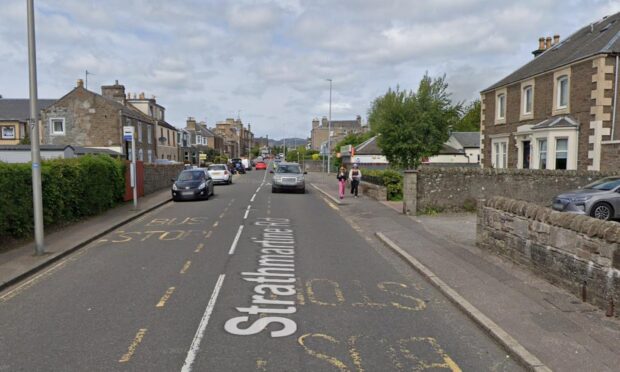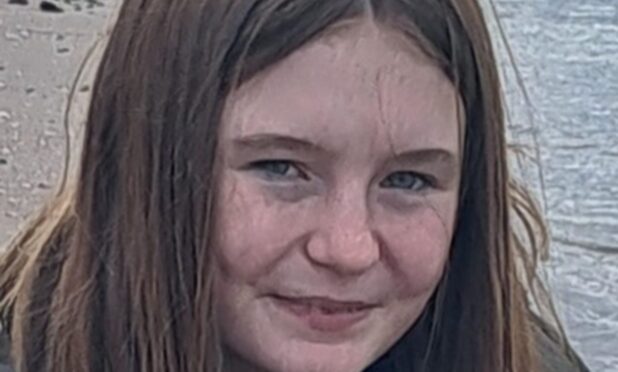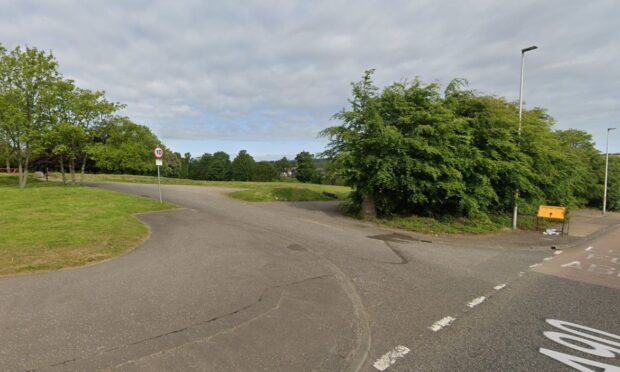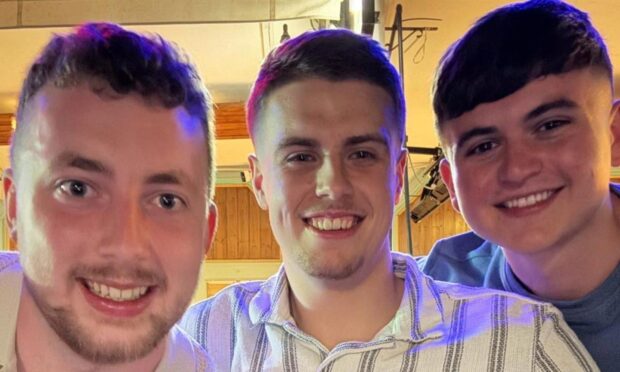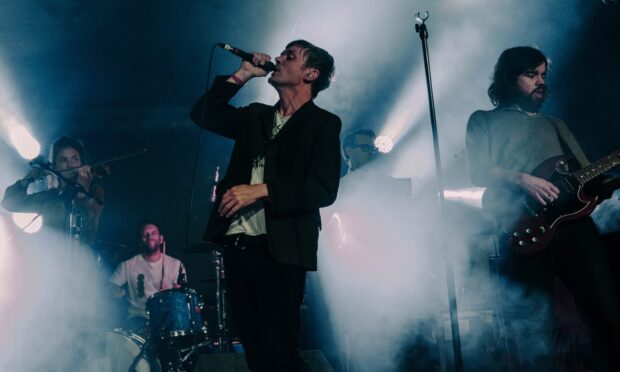Scotland’s trunk roads operator has defended its decision to landscape a Dundee dual carriageway in the dead of night.
Residents of Greendykes Road were shocked to see BEAR Scotland maintenance crews out in the early hours of Tuesday morning, cutting back overgrown grass on the central reservation of the dual carriageway at 1.45am.
The workers used a tractor to cut the grass, which connects Broughty Ferry Road with the Kingsway.
The company said the work was carried out in the wee small hours to minimise the impact on road users. However, some residents have complained they were wakened by the noise of the machinery.
Greendykes Road resident Partricia McIntosh said: “I could not believe it when I first heard it at 1.45am.
“It was a large industrial tractor-like machine — and very noisy — going down the road. I was trying to get back to sleep when it came back up again at 2am.
“I am shocked that someone gets paid to do this in the middle of the night.”
Another neighbour said he was pleased to see the work had been done — especially since his hearing aids hadn’t picked up the din from the moonlit mowing.
Jim Mitchell, 81, said: “I just noticed the grass had been cut on Tuesday.
“I have hearing aids in both ears so it didn’t wake me up.
“The grass did need cut as you can’t see very well when trying to drive across.
“There have been a couple of accidents on this road.”
A spokesperson for BEAR Scotland said: “Every year we carry out an annual phased programme of grass cutting and daffodil cut-back along this section of the trunk road network.
“We do all we can to carry out our landscaping programme with as little impact to road users as possible, which is why the works are sometimes carried out overnight.
“We thank the local community for their patience and understanding during these landscaping works.”
Last month Dundee City Council was criticised by 93-year-old D-Day veteran for not cutting the grass in Western Cemetery.
The council said it had started a trial and was looking to see if leaving the grass to grow in some parts of the cemetery would increase biodiversity and help stabilise headstones.
